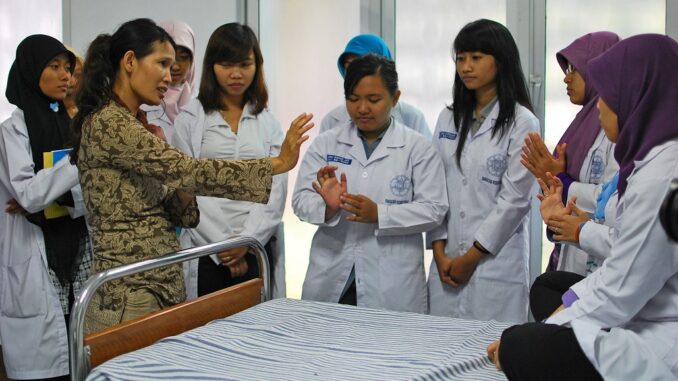
In many low- and middle-income countries, health coverage has improved dramatically in the past two decades, but health outcomes have not. As such, effective coverage—a measure of service delivery that meets a minimum standard of quality—remains unacceptably low. Improving Effective Coverage in Health: Do Financial Incentives Work? examines one specific policy approach to improving effective coverage: financial incentives in the form of performance-based financing (PBF), a package reform that typically includes performance pay to frontline health workers as well as facility autonomy, transparency, and community engagement.
This World Bank Policy Research Report draws on a rich set of rigorous studies and new analysis. When compared with business-as-usual, in low-income settings with centralized health systems PBF can result in substantial gains in effective coverage. However, the relative benefits of PBF—the performance pay component in particular—are less clear when it is compared with two alternative approaches, direct facility financing, which provides operating budgets to frontline health services with facility autonomy on allocation, but not performance pay, and demand-side financial support for health services (that is, conditional cash transfers and vouchers). Although PBF often results in improvements on the margins, closing the substantial gaps in effective health coverage is not yet within reach for many countries. Nonetheless, important lessons and experiences from the rollout of PBF over the past decade can guide health financing into the future. In particular, to be successful, health financing reform may need to pivot from performance pay while retaining the elements of direct facility financing, autonomy, transparency, and community engagement.
Key Messages
- Financial incentives or performance pay to frontline health facilities and workers emerged as an innovative means to improve the quantity and quality of health services delivered. This approach to health financing arose from the frustrating status quo of poor health outcomes in low- and middle-income countries despite increased service utilization.
- This report provides new evidence and reviews the existing literature to assess the results from the introduction of such financial incentives.
- The report pays special attention to impacts on effective coverage, a measure that adjusts simple coverage of care with the quality of care provided.
- It asks which constraints to poor quality of care can be addressed by financial incentives for health workers.
- It further asks what has been the impact of such incentives in general on utilization and quality of care.
- Finally, it asks how offering these incentives compares with some key policy alternatives: cash transfers, vouchers, and direct financing of frontline facilities.
- A range of rigorous studies show that performance-based financing (PBF) projects, which include performance pay among other critical features, including transparency and accountability reforms, resulted in gains in coverage but far fewer, if any, improvements in the quality of health services delivered.
- Compared with business-as-usual, PBF projects offer gains of a similar magnitude as those from direct facility financing (DFF) approaches, which transfer equivalent funds and have transparency and accountability reforms as do PBF projects but do not have specific incentives for health workers and the associated monitoring.
Read the full report: Damien de Walque, Eeshani Kandpal, Adam Wagstaff, Jed Friedman, Sven Neelsen, Moritz Piatti-Fünfkirchen, Anja Sautmann, Gil Shapira, and Ellen Van de Poel. 2022. Improving Effective Coverage in Health: Do Financial Incentives Work? Policy Research Report. Washington, DC: World Bank. doi:10.1596/978-1-4648-1825-7. License: Creative Commons Attribution CC BY 3.0 IGO
Image credit: Flickr – Nugroho Nurdikiawan Sunjoyo / World Bank. Nursing students in training. Yogyakarta, Indonesia. Project HPEQ.



